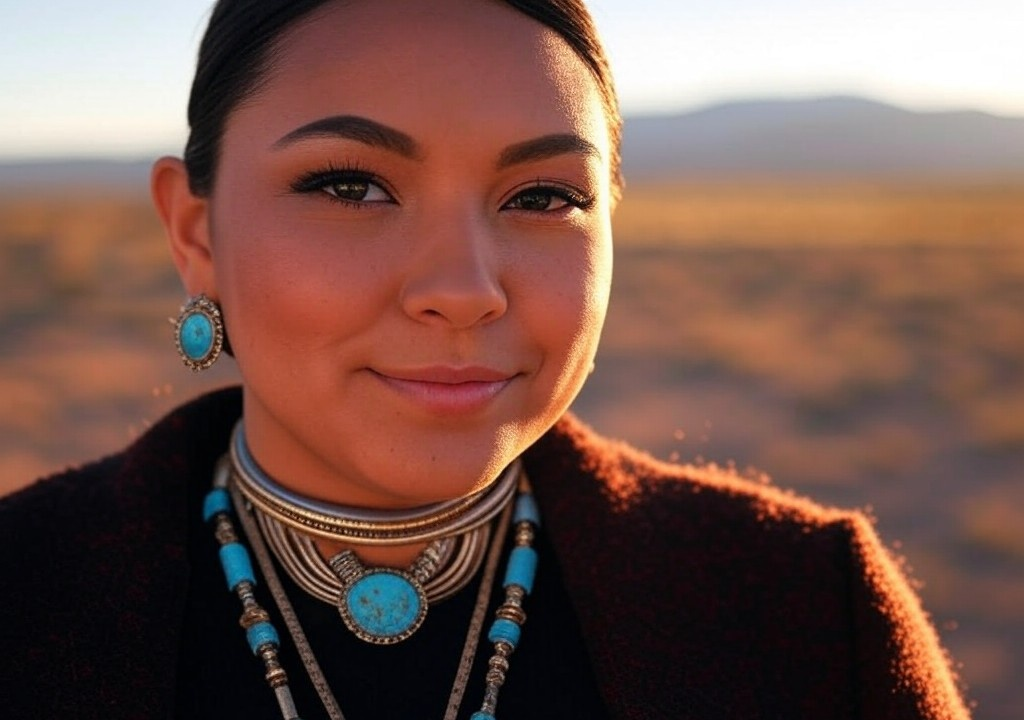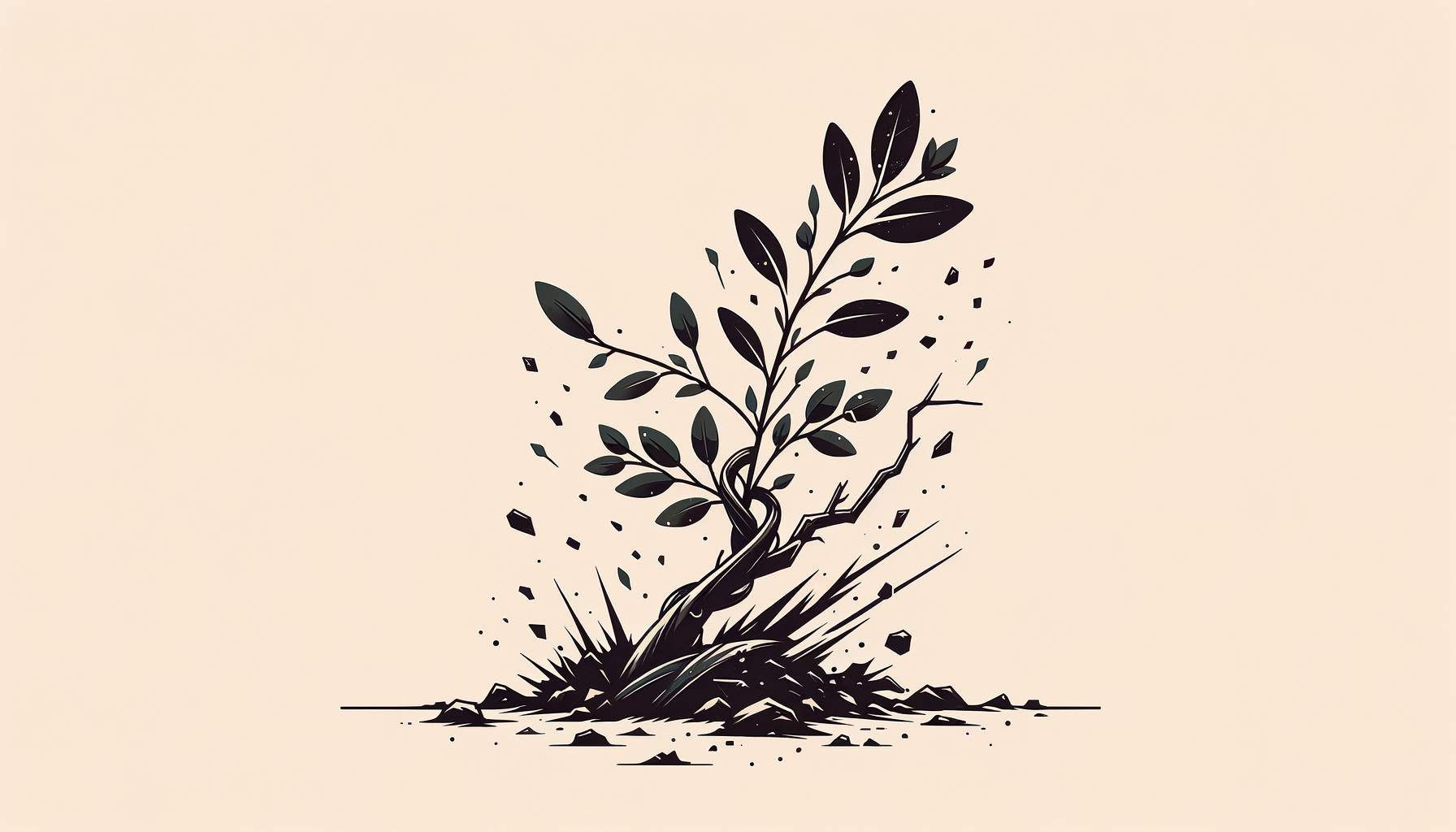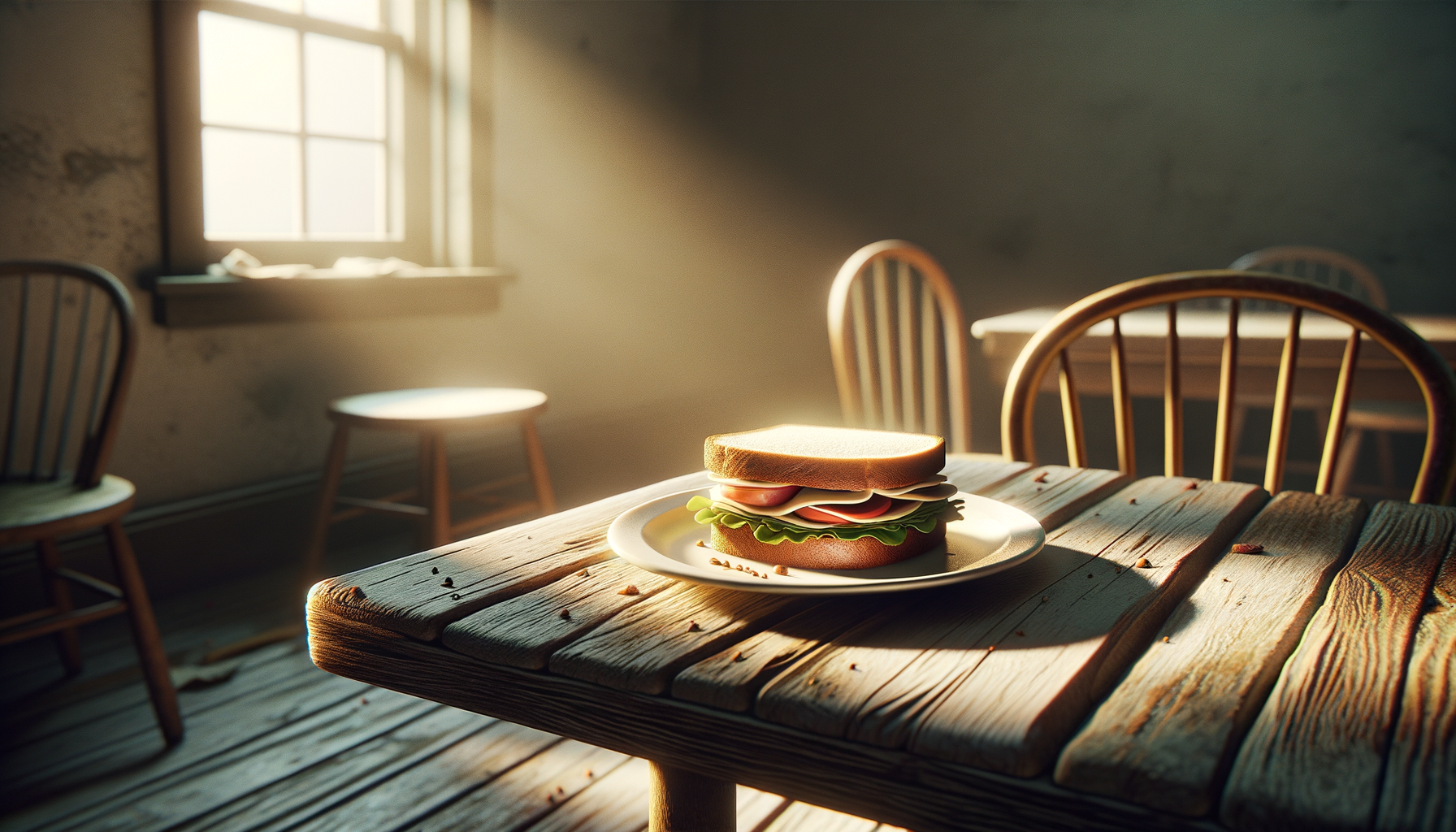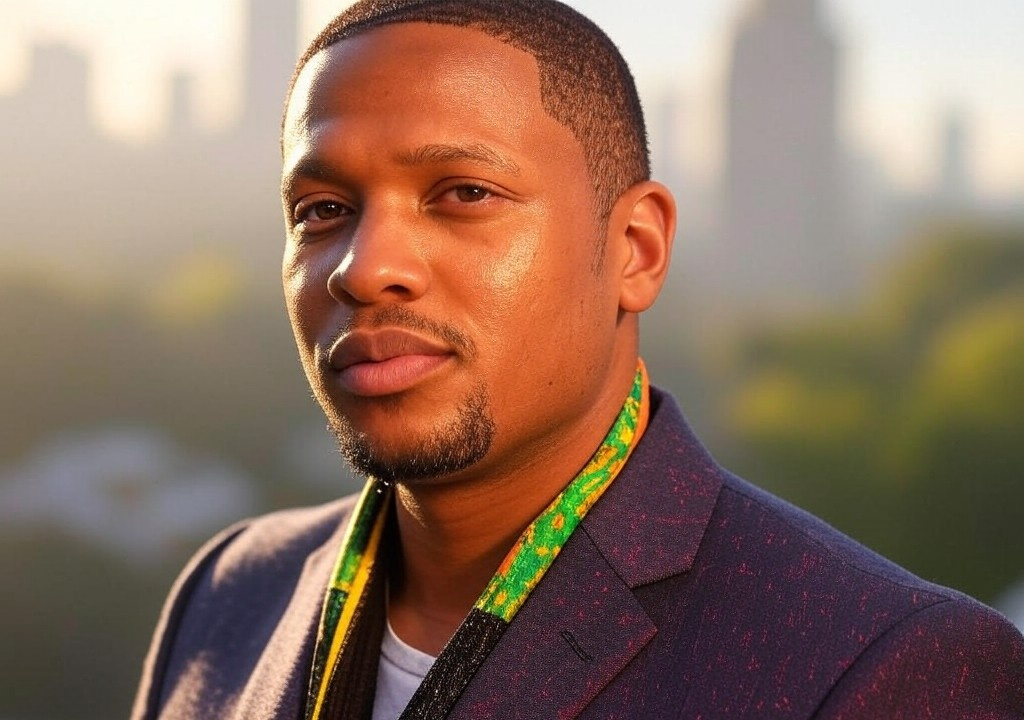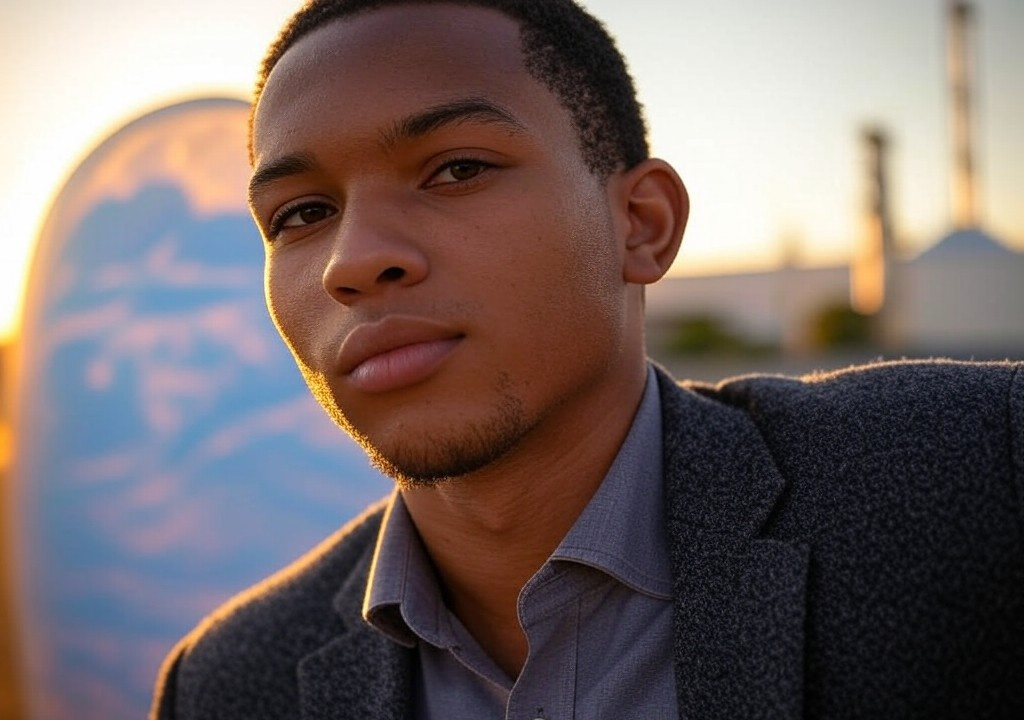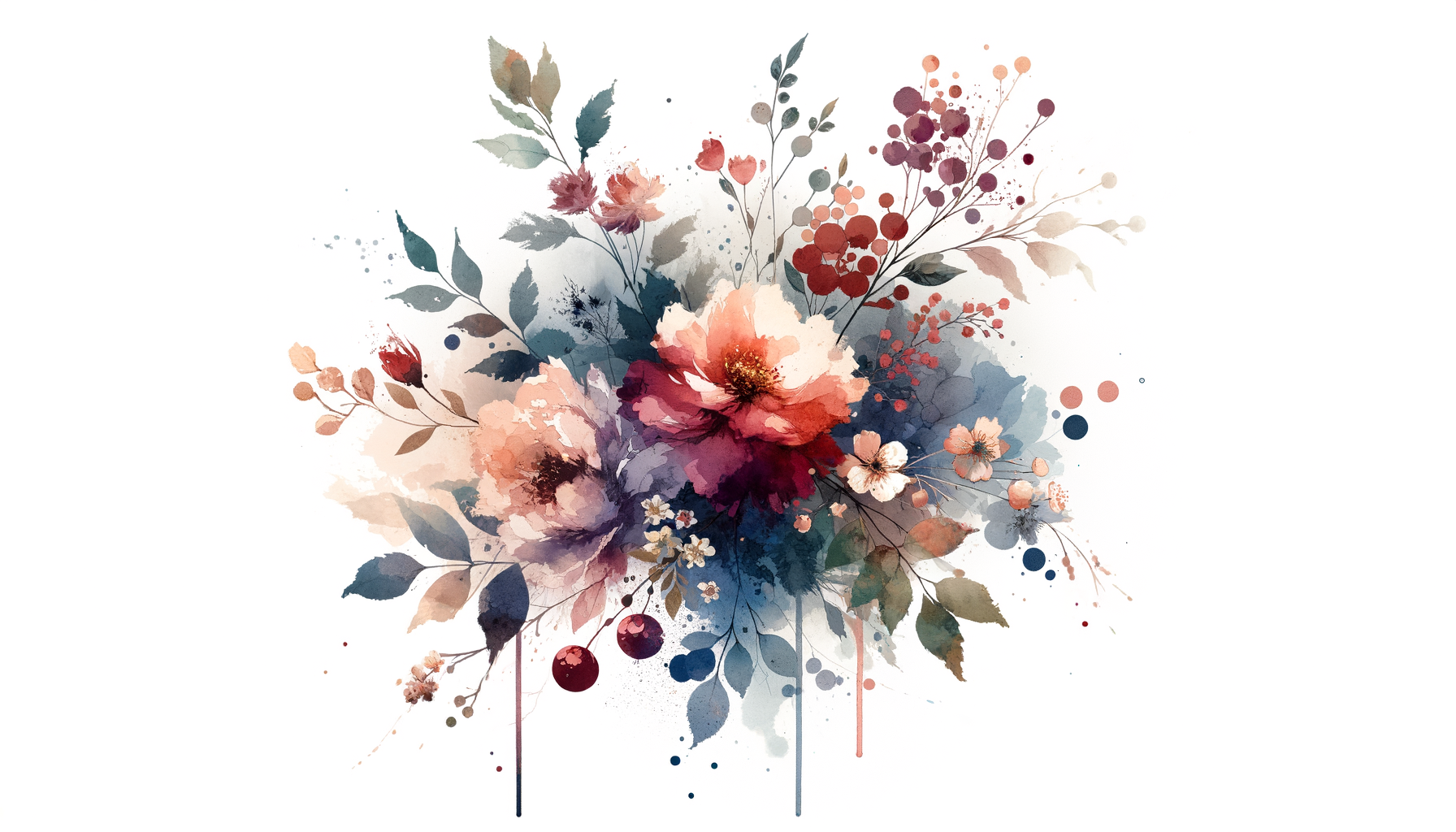There’s a moment in everyone’s life when the universe decides to humble you, usually with all the grace of a toddler shoving a juice box off the edge of a table. For me, that moment came during the summer after college when I embarked on what I thought would be my “life-altering post-grad adventure.” Spoiler alert: it did alter my life—just not in the polished, Instagram-filtered way I had envisioned.
Instead, it taught me something far better: the powerful, unvarnished beauty of resilience.
The All-Caps PLAN
Let me start by setting the scene. There I was, fresh out of college with a degree in Cultural Anthropology, ready to light the world on fire with my intellectual insights, intercultural empathy, and youthful optimism. My dream? To spend a year immersing myself in research documenting the intersection of indigenous traditions and contemporary activism in northern New Mexico. It was heady stuff, and I was convinced it was my ticket to becoming the next Louise Erdrich meets Gloria Steinem.
I had my research proposal (typed meticulously in Times New Roman), my funding grant barely secured, and a vision board that would put Gwyneth Paltrow to shame. Everything screamed rigorous dedication to The Plan—because, of course, at 22, I assumed if you worked hard enough, life would bow to your schedule. If only.
The Spectacular Crash-and-Burn
I arrived in northern New Mexico during monsoon season, which felt like an appropriate metaphor given what followed. Within weeks, I hit logistical challenges I hadn’t anticipated: permissions from tribal councils delayed indefinitely, archival records blotted out by bureaucratic barriers, and my budget hemorrhaging faster than my college crush’s commitment to returning my texts. And then there was me—a nerd with a notebook—thinking I could just ask someone’s grandmother about sacred songs and have them pour out their secrets. Looking back, I wince at my naivety.
To pile it on, I’d underestimated how lonely I’d feel. Having grown up on the Navajo Nation, I was used to community being just a handbreadth away—a cousin too eager to share gossip or an auntie poking her head in, always ready with advice (whether you wanted it or not). But here, I was an outsider. I’d thrown myself into this project thinking that my upbringing would give me a golden ticket into these circles. I was wrong. People were wary—and rightly so.
But the cherry on top of this disastrous sundae? Just when I convinced myself I could salvage my research, my car broke down. Not in a cute, quirky, “let’s bond with the locals over jumper cables” kind of way, but in a “this heap won’t make it out of the desert without a shaman and three mechanics” way.
Sitting in that clunker on the side of a dusty two-lane highway, I stared out at the purple mesas and gave myself permission to ugly cry. Everything I’d worked for felt like a failure. Nothing had gone according to plan. Did this mean I was the failure?
The Lesson Sneaking Around in the Ashes
Failure. The word feels so final, doesn’t it? Growing up, I’d seen women in my family handle adversity with such grace that “failure” seemed like something they didn’t even allow. Setbacks, maybe; obstacles—they’d handle those. But capital “F” Failure? That wasn’t in their vocabulary. Yet there I was, holding onto it like a participant trophy no one should want.
For weeks, I wallowed. Cue staying with my elderly neighbors, eating their fry bread like it was therapy (because, honestly, it kind of is), and refusing to admit to myself—or anyone else—how bad things had gone. I thought that pulling out of my project meant throwing away my competence, my ambition, and my self-worth. But something quiet and grounding eventually took root in that space I tried so hard to avoid: the gentle reminder that losing one dream doesn’t mean losing it all.
In one candid talk, a neighbor who’d taken me under her wing gently scolded me. “You’re mourning something being hard, not it being impossible.” For some reason, those words stuck. There was room to navigate, but I had to put my ego aside—and that required leaving my tightly clutched Plan A behind.
So that’s what I did. I left New Mexico a few months later. I didn’t write a groundbreaking paper. I didn’t become an indie darling in the cultural research world. Instead, I went home to Arizona and spent a year learning—and unlearning—from family and community in new ways. I eventually pivoted toward writing professionally, something my collegiate self would have dismissed as “falling back.” What I discovered? It was, in fact, just falling forward—toward something better.
Lessons for Navigating Life’s Curveballs
Now, let’s get real: Not everyone reading this is going to throw themselves into a poorly-prepped research project in rural New Mexico (and, frankly, I wouldn’t recommend it). But failure? That’s universal. So what do you do when life delivers a steaming pile of unmet expectations? Let me spare you a blowout on your proverbial highway and hand over some of my hard-earned wisdom:
-
Burn the Blueprint. As much as it hurts to admit, plans are suggestions. Life doesn’t exist to check off your bullet points—and the sooner you embrace adaptability, the less you’ll suffer crushing disappointment when things inevitably shift.
-
Ask for Help. I know. You’ve seen the movies where the maverick protagonist pulls themselves out of quicksand alone, teeth gritted. It’s a lie. Humans are pack animals. Lean on the people who love you and let their wisdom guide you when you lose your way.
-
Get Brutally Honest About Your Expectations. Sometimes, the roots of our failure lie in romanticized ideals rather than reality. I thought the world would reward my effort with success. I forgot effort doesn’t guarantee smooth outcomes—it just builds character.
-
Redefine Failure. Not getting what you want doesn’t equal failure. True failure would’ve been ignoring the wisdom I gained through the process simply because the product wasn’t what I envisioned.
-
Let Pep Talks Come from Multiple Sources. Sure, seek advice from friends and family, but also eat the fry bread. Drink the tea. Watch “Ratatouille” (seriously, if Remy the Rat overcoming his odds doesn’t uplift you, I can’t help you). Life’s inspiration leaks in from the strangest places.
Fail Bold, Fail Beautiful
Reflecting on that botched research project now, I can see it was the best thing that ever happened to me. I built resilience in ways I couldn’t have if everything had gone perfectly. I found new paths that pushed me to grow and brought me closer to what I actually wanted—not just what I thought I needed to achieve.
Failure, as it turns out, isn’t something to fear. It’s the spice rack of life, flawed and chaotic, but offering flavor to everything it touches. Yours might smell like heartbreak, car trouble, or even unanswered Zoom interviews. But trust me on this: lean into the lessons, and you’ll emerge with a perspective that’s richer, wiser, and—quite possibly—funnier than you were before.
So the next time life faceplants your plans in New Mexico’s desert dust—or wherever your dreams happen to crash—remember: resilience looks good on everyone, but it’s up to you to wear it.


